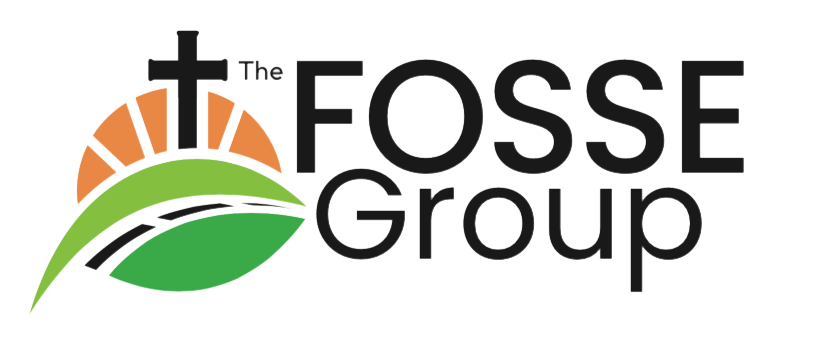St Augustine’s – Flintham
The Parish of East Bridgford, Kneeton and Flintham
Our Church
The medieval church was cruciform in shape (unusual for the area) and the existing tower with its herringbone stonework is Norman in origin and contains 4 bells, the oldest dated 1613.
The chancel has Early English arches, two of which were blocked up when the transepts were taken down and the nave rebuilt in 1828.
You can see a video tour of our Church here.
Services
We hold monthly services on the 4th Sunday of the month usually at 11.00am. We have a mix of services including Communion every other month and Morning Worship with some Evening Services at 6pm. Please check the service calendar for upcoming services and times. There are additional Festival services during the year at Easter, Harvest, Christmas and Remembrance.
Accessibility
St Augustine's has the following features available in Church:
- Step free access via gated path with permission from Flintham Hall
Church Bells
Flintham church has four bells, the oldest dating back to 1613, then 1616, and 2 from 1718. They are not currently ringable.
Our Village:
Flintham is situated between Newark and Bingham off the Fosse Way (A46), a dual carriageway. This divides the population of about 750 (250 households) into two areas which are connected by pedestrian and road bridges over the A46. The two areas are the older established village of Flintham (a conservation area) and Coney Grey Spinney (newer, former RAF accommodation linked to the adjacent RAF Syerston).
The village has a number of amenities and amenity groups including local primary school, pub, village hall, community shop, Scouts, community choir, cricket club and pavilion. We also have a village museum
Our Church
The medieval church was cruciform in shape (unusual for the area) and the existing tower with its herringbone stonework is Norman in origin and contains 4 bells, the oldest dated 1613.
The chancel has Early English arches, two of which were blocked up when the transepts were taken down and the nave rebuilt in 1828.
History and Heritage of the Village
Evidence exists for human settlement in the area in pre-Roman and Roman times. Three Saxon estates existed in the area which were later taken over by the Normans.
The Domesday Book (1086) records the presence of a religious building and a priest.
From the early 1200s until the dissolution Welbeck Abbey controlled the land and probably took the tithes.
Thereafter Trinity College, Cambridge was granted control by Henry VIII and also had the right to appoint the vicar. This continued until about 1946 when the estates were sold.
The Flintham Estate still has influence in the village, owning about half of the properties in the older part of the village and much of the surrounding land. Flintham Hall is the home of the Hildyard family. The house is Victorian Gothic in style with an older Georgian wing. There is also a Victorian conservatory, designed by T E Hine and influenced by the Crystal Palace.
